The Iowa "Three Sisters:" Corn, Soybeans, and Hogsby: Jill RichardsonSun Oct 11, 2009 |
| When you visit Iowa, you're nearly guaranteed to see three things: corn, soy beans, and hog confinements. Those were the focus of the field trip I attended yesterday at the Community Food Security Coalition Conference To be totally blunt about it, maybe you've wondered: why are farmers so stupid that they keep growing corn and soybeans year after year? Or corn and corn year after year? And why on earth would anybody stink up their own farm with a hog confinement? And, as you may have guessed, it turns out that the farmers aren't stupid at all. Not one bit. I will explain below. There's also another great question I was asked on a recent visit to Lawrence University. In classic liberal arts professor fashion, one of the professors asked me, "Assuming the farmers are all rational, if they all plant GMOs, then wouldn't that mean that the GMOs are the best choice?" Gooood question. I'll address that below as well.
If you'd rather watch instead of read, you can view this video of George Naylor describing why GMOs and corporate giants win (thanks to Andrew Kang Bartlett for shooting and sharing the video). |
| Jill Richardson :: The Iowa "Three Sisters:" Corn, Soybeans, and Hogs |
| We started yesterday on two farms owned by two very good friends. The woman (Chris) grew up on a farm. Her father mentored the other farmer (Jerry) so that he would know that his farm was being well taken care of when he retired from farming. Then, after many years away from farming, Chris decided to come back to it. If I have my numbers right, Chris has about 130 acres and Jerry farms 2500 acres (although he does not own all of it). It seems that the norm here in Iowa is that farmers raise corn and/or soybeans on an average of about 1000 acres, but they often only own about 160 or 320 acres. For the rest, they either crop-share (grow crops on someone else's land and split the harvest with the landowner) or cash rent (farm on land they rent for a set price they pay in cash, not crops). What does this system have to do with all of the f*&$ing corn and beans grown in this state? Well, if your best, most certain path to a paycheck is corn and beans, then the price of rent will be set based on how much money someone could make using the land for corn and beans. And based on the maximum yield a person could make for corn and beans. In other words, it simply won't do to rent someone else's land and grow a crop of your choosing, or even to rent their land and grow corn and beans using a perhaps more sustainable but less productive method. If you're renting land, you're probably growing corn and beans and growing as much of it as possible. If you're not, you can't afford the rent. And if you don't rent that land to grow the max amount of corn and beans, someone else will. Well how about the option of just growing on your own land? Nice idea, huh? You've got a nice little 320 acres, and you grow whatever you want, however you want on that land. First things first, let's say you're growing corn and beans on your land. George Naylor said people are motivated by either greed or fear. Either you're making it big and you want to grow as much as possible, or you're not making it big and you're scared you'll lose your farm if you don't make as much as possible. Perhaps that's the case. Maybe that's a cynical way of viewing it. But the entire system is set up to push farmers to grow more and more... if you can make an acre produce 300 bushels and you receive $3/bu, each acre gets you all of $900. Your 320 acres nets you $288,000. Out of that you have to pay for seeds, fertilizer, herbicides, equipment, and crop insurance, and still make a living. How you gonna do that? Better go get some more land and grow more corn and beans - or get a job in town to pay the bills and farm on the side as a hobby. What about growing something other than corn and beans. Now there's an idea. Chris tried it. She wanted to grow food for people instead of for cattle and pigs. She decided to start by growing beans - black beans and adzuki beans - because they were compatible with the equipment she already had. She had a market for her adzuki beans, even. But there's no infrastructure around here for growing adzuki beans. There was nowhere that wanted to clean her beans. Oh, they've got the equipment for it all right, but they use that equipment for soybeans. Soybeans are white. Adzuki beans are red. And nobody who cleans soybeans wants to get little red adzuki beans mixed in with their soybeans. She looked into buying the equipment to clean her beans herself, but she found that she'd have to clean adzuki beans for one month out of the year and then clean soybeans for the other 11 months to make the equipment pay for itself. There goes that idea. Back to the drawing board. Chris found a great idea, however. She registered 100 of her acres in USDA conservation programs. She planted prairie grasses and wetlands, and now her land serves as an incredible carbon sink, wildlife habitat, and a buffer to the entire community when heavy rainfalls come and the land floods. Flooding is a big deal around here (more on that in a minute). The government pays her what she would otherwise receive if she rented out her land and someone else grew corn and soybeans on it. She doesn't take a fiscal loss and the entire community and even world is better for it. On the other 30 acres she still grows corn and beans, but she still wants to grow other kinds of beans. Maybe in the future she can grow black beans to sell to the universities in the area, she says. Jerry also has some of his land in prairie grass. Want to see how tall the grasses are?
And the roots go down 8-12 feet! These plants are what made all of the wonderful topsoil here in Iowa - the topsoil that makes it possible to plant monoculture using soil-depleting practices year after year without running out of soil (yet). Here's a picture of his prairie that isn't so close up, to give you a fuller view of it:
He also raises grass fed, forage fed Angus beef on his land. Just 11 cows, right now:
The cows aren't a major source of income, but Jerry is experimenting with ways to produce food that are more sustainable than your classic Iowa corn-and-soy combo. He's still a conventional farmer, he still uses GM seeds and sprays his crops, and he farms a whopping 2500 acres. (You should have seen the eyes of the man from Uganda I sat next to on the bus pop out of his head when he heard that. He asked me "Two thousand five hundred acres?" just to be sure he was understanding correctly. Where he comes from, he told me, many farmers have an acre, half an acre, or even a quarter of an acre to farm.) Despite his conventional farming methods, Jerry is quite progressive for an Iowa corn and soybean farmer. He told us that he applies his nitrogen right when the corn needs it so that he can apply less (because the corn gets to use more of it and less runs off). That leads to less pollution, as well as a financial gain for Jerry. He doesn't spray unless he has to. If he hears a rumor that aphids are attacking the crops from a neighbor, he actually goes out and looks at the crops to see if there really are aphids on 'em. He told us he doesn't like aerial spraying, even though he sometimes does it. As for GMO's, he gets so much Roundup drift on his crops from his neighbors' spraying, that he doesn't have much choice. If his crops weren't Roundup Ready, the neighbors Roundup spraying would kill them.
Those of us on the tour yesterday learned a new word: Triple stacked. The corn is from a "triple stacked" GM seed. That means it is Roundup-Ready, resistant to the European Corn Borer, and resistant to the Corn Rootworm. There's talk of future GM seeds that have four, five, or even six traits stacked into them. George Naylor told us that he went to buy seeds this past year, and they showed him a number of GM varieties, and then they showed him a non-GM variety (George doesn't use GM seeds) that out-produced all of the GM varieties last year. Wow! For all of that technology, a non-GM seed outproduced them all. The salesman told George he better get his order in fast if he wanted that one. George decided to do so immediately, and then he found out... they were only producing that high-yielding seed as a triple stacked GMO this year. In other words, George says, if a GMO yields higher than all of the non-GMOs, it's not necessarily as a result of the GM traits. The seed might've just had wonderful genetics to begin with, even before they inserted the genetic modifications. Corn and soybean farm #3 was the farm of George Naylor. You might know his name from The Omnivore's Dilemma, because Michael Pollan wrote about him. I've known George for about 3 years and I like him a lot.
|
TO READ THE REST:
http://www.lavidalocavore.org/diary/2606/the-iowa-three-sisters-corn-soybeans-and-hogs
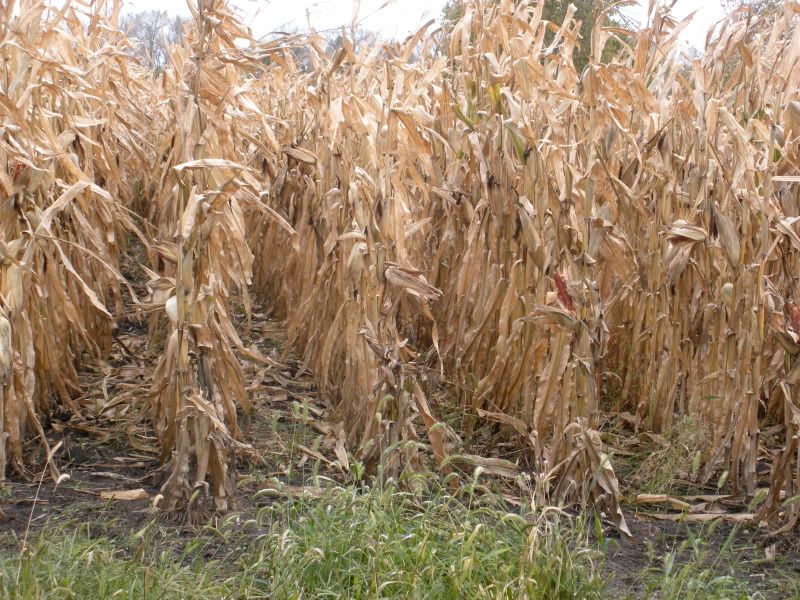
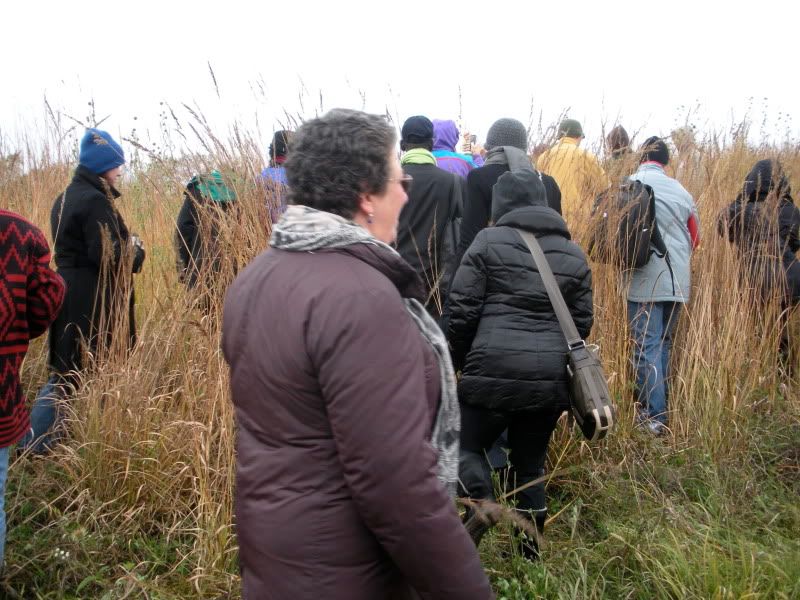
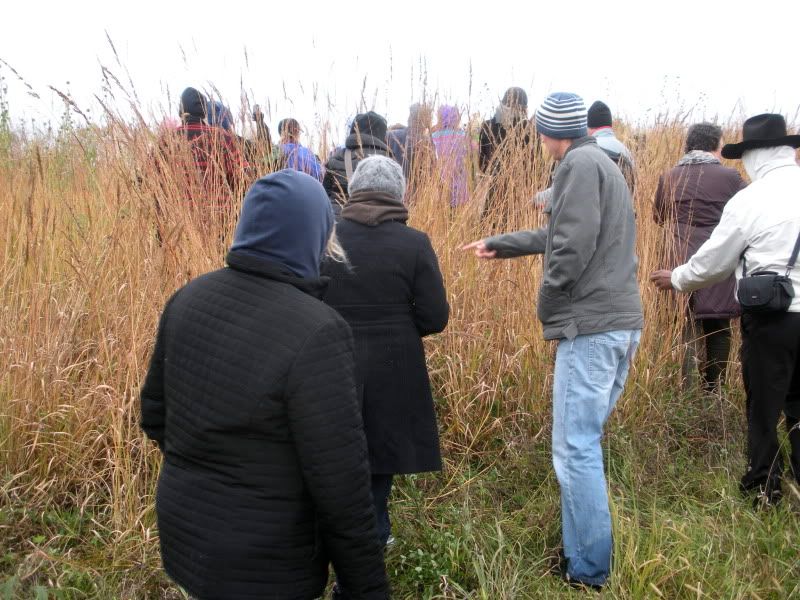
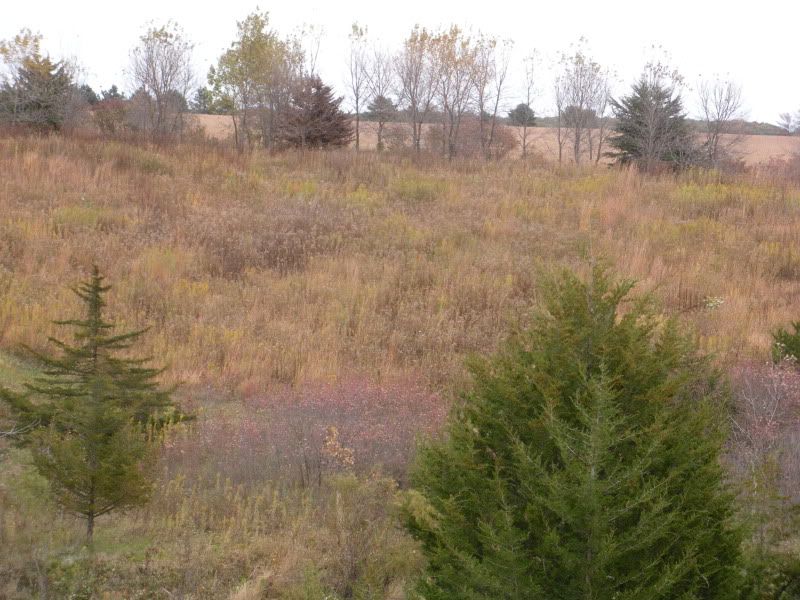
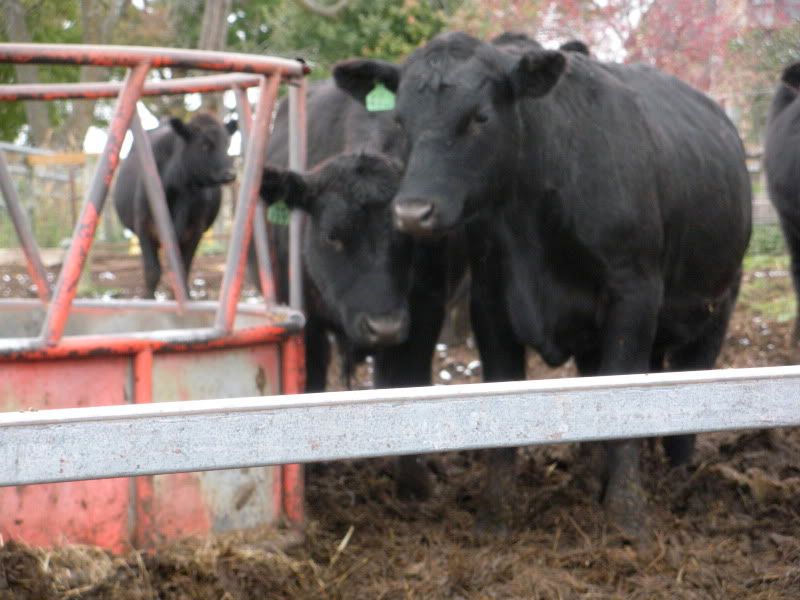
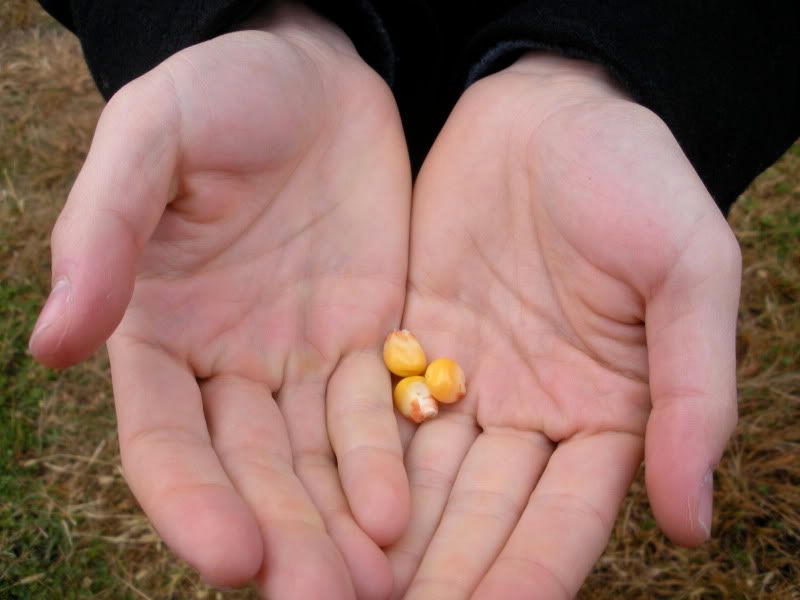
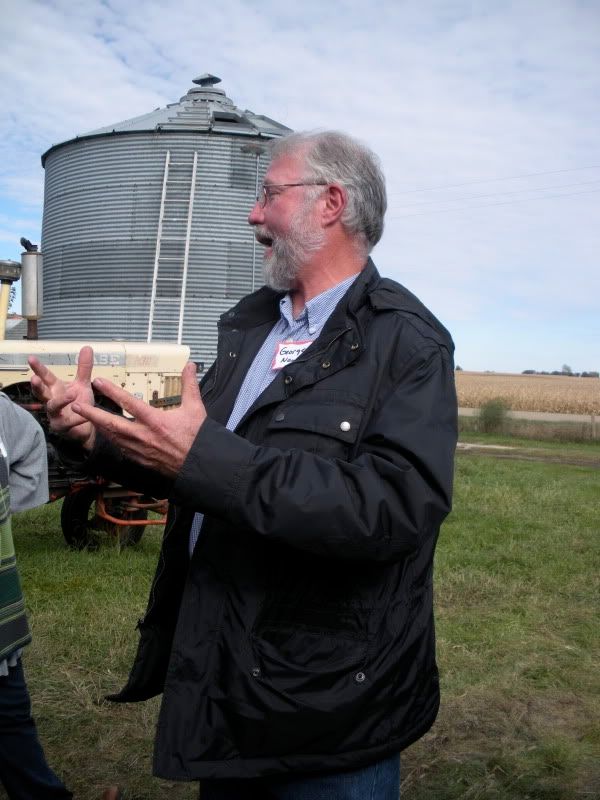

0 Comentarios:
Publicar un comentario
Suscribirse a Comentarios de la entrada [Atom]
<< Página Principal